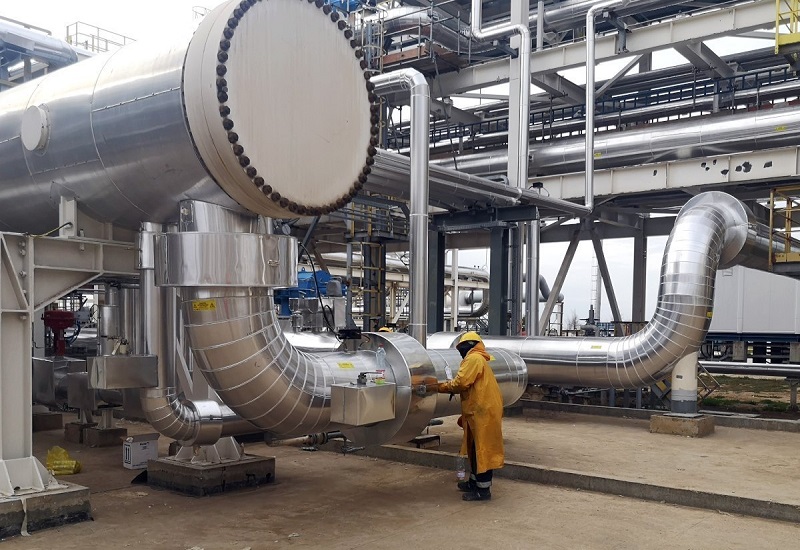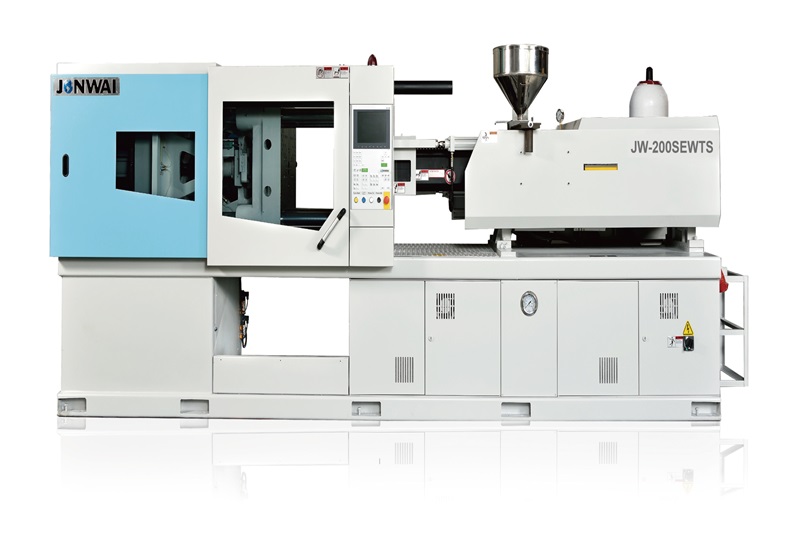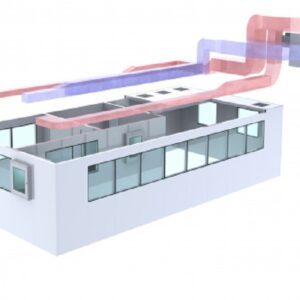Description
Optimal Installation Practices for Industrial Steam Pipelines

Industrial Steam Pipeline Installation: Overview
Industrial steam pipeline installation ensures the safe and efficient transport of steam in various applications. It involves careful design, material selection, thermal expansion management, insulation, and integrating components like steam traps and safety valves. Adherence to standards and regular maintenance ensure reliability, efficiency, and long-term performance.
Key International Piping Standards
International piping standards ensure uniformity, safety, and reliability in the design, manufacture, and installation of piping systems across various industries. These standards are developed by international organizations and are widely adopted in engineering and construction projects globally. Below are key international piping standards:
-
ASME (American Society of Mechanical Engineers) Standards
- ASME B31 Series:
- B31.1: Power Piping (used for steam, water, oil, gas, and air in industrial plants).
- B31.3: Process Piping (used in chemical, petroleum, pharmaceutical, and other processing plants).
- B31.4: Pipeline Transportation Systems for Liquids and Slurries.
- B31.8: Gas Transmission and Distribution Piping Systems.
- Widely recognized for pressure piping and stress analysis.
- ASME B31 Series:
-
ISO (International Organization for Standardization) Standards
- ISO 9001: General Quality Management for Piping Systems.
- ISO 15649: Petroleum and Natural Gas Industries – Piping.
- ISO 3183: Steel Pipe for Pipeline Transportation Systems.
- ISO 11297: Piping systems for underground drainage and sewerage.
-
API (American Petroleum Institute) Standards
- API 5L: Specification for Line Pipe.
- API 570: Piping Inspection Code.
- API 6D: Specification for Pipeline Valves.
- Primarily for the oil and gas industry.
-
EN (European Norm) Standards
- EN 13480: Metallic Industrial Piping.
- EN 10216: Seamless Steel Tubes for Pressure Purposes.
- Commonly used in European countries for industrial piping systems.
-
BS (British Standards)
- BS 1387: Specification for Steel Tubes and Tubulars.
- BS EN 1092: Flanges and their joints.
-
DIN (Deutsches Institut für Normung) Standards
- DIN 2440: Steel Tubes for Pipeline Construction.
- DIN 17175: Seamless Tubes for High-Temperature Service.
- Used primarily in Germany and neighbouring regions.
-
JIS (Japanese Industrial Standards)
- JIS G3454: Carbon Steel Pipes for Pressure Service.
- JIS G3455: High-Pressure Carbon Steel Pipes.
- Predominantly followed in Japan.
-
GOST (Russian Standards)
- GOST 10704: Seamless and Welded Steel Pipes.
- GOST 8732: High-Pressure Steam and Gas Piping.
-
CSA (Canadian Standards Association)
- CSA Z662: Oil and Gas Pipeline Systems.
- CSA B51: Boiler, Pressure Vessel, and Pressure Piping Code.
-
IEC (International Electrotechnical Commission) Standards
- Focused on piping systems for electrical and automation purposes, such as cable conduits.
Importance of Following Piping Standards
- Safety: Reduces risks associated with high-pressure and high-temperature systems.
- Consistency: Ensures uniformity across installations globally.
- Compliance: Meets regulatory and legal requirements.
- Reliability: Guarantees performance under defined operating conditions.
Understanding and applying these standards is critical for engineering, design, and construction teams involved in piping projects.
Comparison of Standard and Actual Bore Diameters in Industrial Steam Pipelines
Here’s a table comparing the standard and actual bore diameters of industrial steam pipelines, noting that actual diameters can vary due to manufacturing tolerances and wall thickness. It includes common pipe schedules used in steam systems:
| Nominal Size (DN) | Schedule | Standard Bore (mm) | Actual Bore (mm) |
|---|---|---|---|
| 50 (2 in) | 40 | 53.5 | 50.3 |
| 50 (2 in) | 80 | 53.5 | 48.3 |
| 80 (3 in) | 40 | 88.3 | 83.4 |
| 80 (3 in) | 80 | 88.3 | 82.6 |
| 100 (4 in) | 40 | 114.3 | 104.8 |
| 100 (4 in) | 80 | 114.3 | 101.6 |
| 150 (6 in) | 40 | 168.3 | 152.4 |
| 150 (6 in) | 80 | 168.3 | 149.2 |
| 200 (8 in) | 40 | 219.1 | 203.2 |
| 200 (8 in) | 80 | 219.1 | 198.4 |
| 250 (10 in) | 40 | 273.0 | 254.0 |
| 250 (10 in) | 80 | 273.0 | 247.8 |
| 300 (12 in) | 40 | 323.9 | 304.8 |
| 300 (12 in) | 80 | 323.9 | 298.7 |
Notes:
- The standard bore diameter is the theoretical internal diameter for a given nominal size and schedule.
- The actual bore diameter is influenced by factors such as pipe wall thickness and manufacturing tolerances.
- For accurate installation and system design, ensure to consider both the nominal size and actual measurements.
This comparison helps engineers and maintenance teams plan installations, replacements, and repairs efficiently, understanding the discrepancies between theoretical and practical dimensions.
Advantages of Industrial Steam Pipeline
- Efficient Energy Transfer: Steam pipelines efficiently transfer thermal energy, making them ideal for heating and power generation.
- Versatility: Suitable for various applications, including manufacturing, processing, and power plants.
- Reliable Operation: Properly designed pipelines ensure consistent performance and long service life.
- Safety: When installed and maintained correctly, they offer a safe means of transporting high-temperature steam.
- Cost-Effective: Well-maintained systems reduce energy consumption and operational costs.
- Scalability: Can be designed to meet the needs of different industries, from small plants to large industrial complexes.
Conclusion
Industrial steam pipelines are essential for efficient and safe steam transport in various applications. Proper design, material selection, and adherence to standards ensure reliable performance, energy efficiency, and long-term operation. Regular maintenance is key to sustaining system effectiveness and preventing downtime.












Reviews
There are no reviews yet.